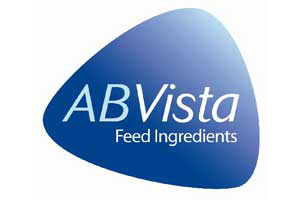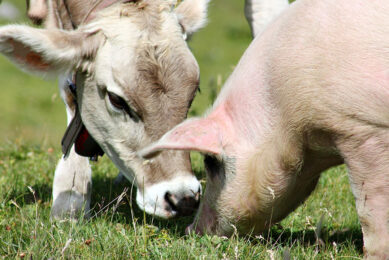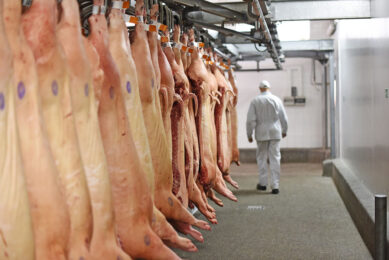Thermostability matters when choosing a xylanase feed enzyme

According to AB Vista’s EMEA Technical Director, Dr Rob ten Doeschate, xylanase thermostability and the ability to accurately confirm activity in manufactured feed is just as important as it is for phytases. The degree of thermostability, and methodology used to achieve this, also has a dramatic impact on xylanase dose variation and efficacy in the target species.
“For too long, feed manufacturers, end users and nutritionists have accepted that it’s simply not possible to accurately monitor xylanase recovery,” he states. “But thanks to the introduction of Econase XT, which offers an ease of assay not previously seen in the xylanase market, it’s finally possible to focus on the important issue of thermostability and the impact it has on efficacy.
“Thermostable xylanases capable of withstanding high temperature feed conditioning and pelleting make it possible to avoid the expense and large coefficient of variation (CV) – typically 10-20% – associated with post-pelleting liquid application. They also provide certainty that the product will survive the manufacturing process and be active in the target species, offering greater peace of mind for the nutritionist and end user.”
An intrinsically thermostable xylanase such as Econase XT, which can be applied directly into the batch mixer, either as a powder or diluted liquid, can achieve a CV as low as 5% in both pellets and mash. The ease of assay means that demonstrated recovery rates of 90-110% under commercial conditions can easily be monitored on-site.
“Compared to the use of coating technologies to improve xylanase thermostability, which increase manufacturing costs and potentially compromise efficacy, an intrinsically thermostable xylanase is much more cost-effective,” Dr ten Doeschate continues. “Numerous production trials have also shown Econase XT to be capable of both significantly improved animal performance and a greater overall return on investment compared to previous generation products.”
Join 26,000+ subscribers
Subscribe to our newsletter to stay updated about all the need-to-know content in the feed sector, three times a week. Beheer
Beheer









 WP Admin
WP Admin  Bewerk bericht
Bewerk bericht